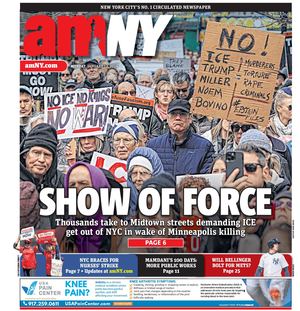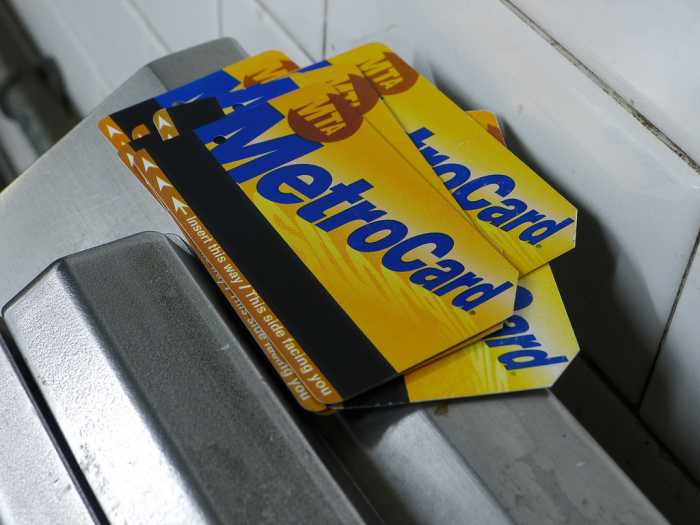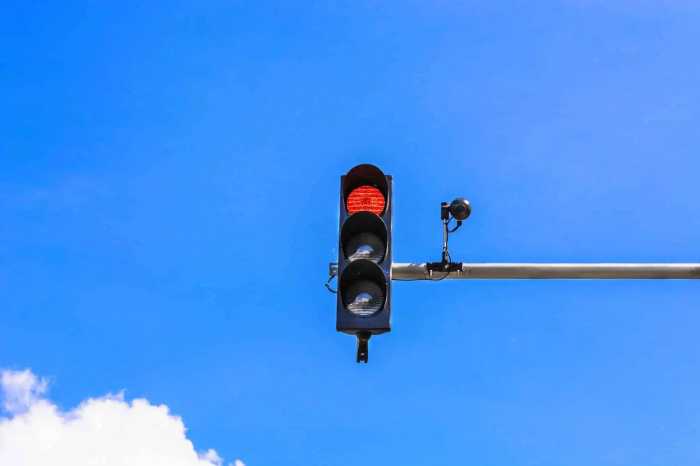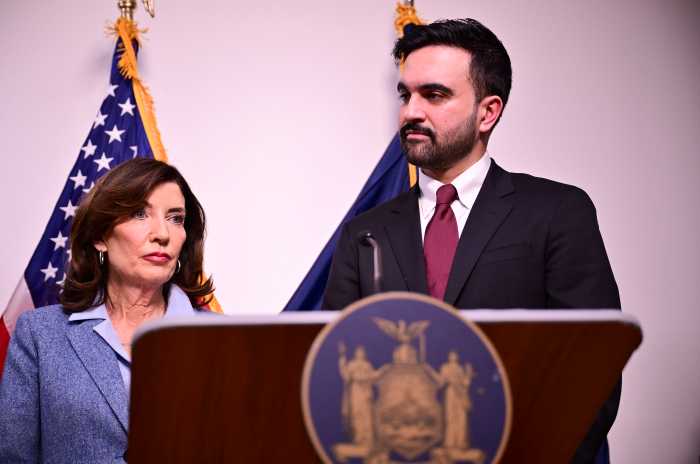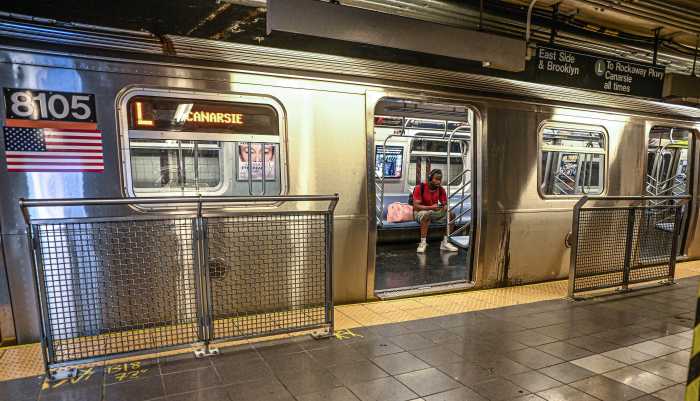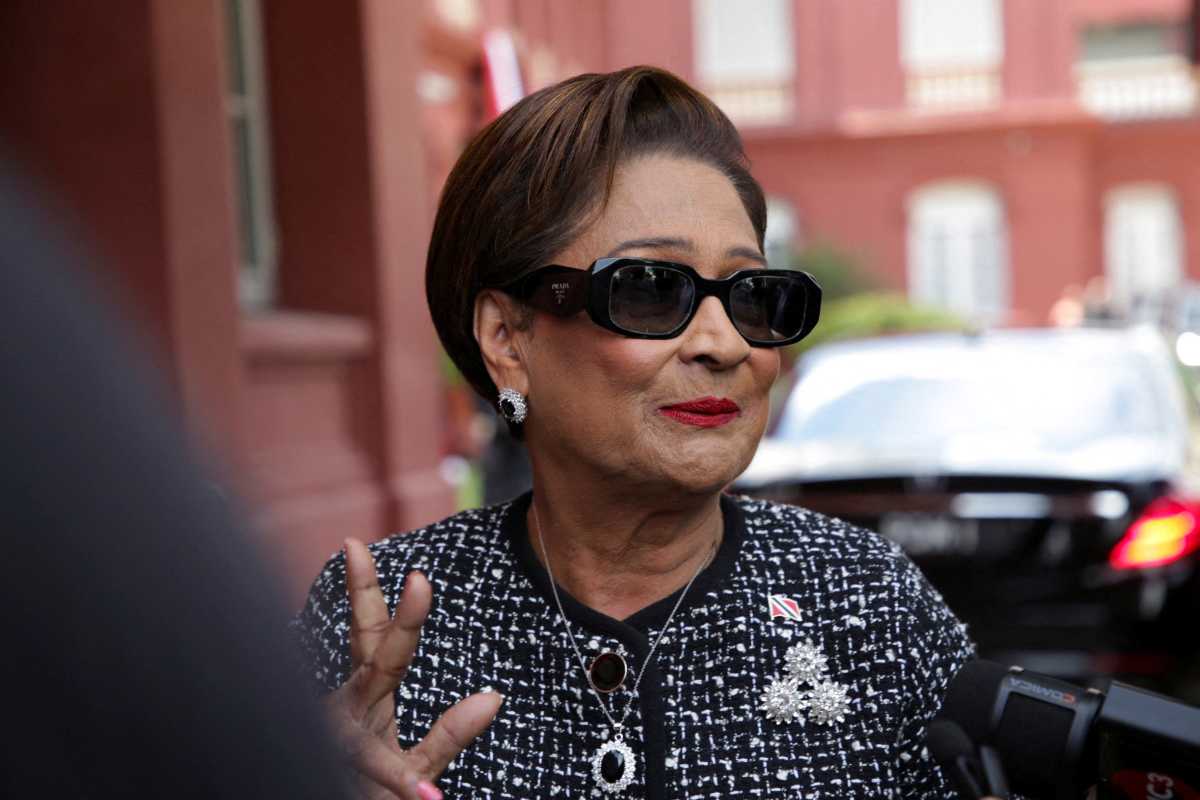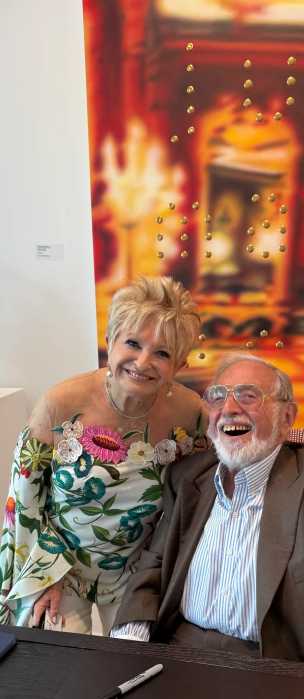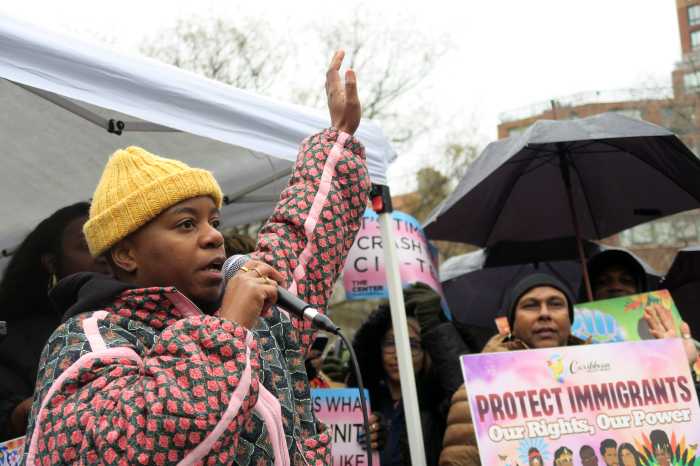The de Blasio administration and city lawmakers are once again targeting the growth of ride-hail services like Uber and Lyft.
The City Council’s newly formed committee on the industry met Monday to discuss seven pieces of legislation — among them an old bill from Councilman Stephen Levin to place a yearlong cap on the number of ride-hail drivers; and another to heap new fees and restrictions on them — during what was described as a first step in the process of more aggressively regulating the companies.
Meera Joshi, the commissioner of the Taxi and Limousine Commission, said the surge of drivers has increased congestion while making it harder for drivers across all sectors to earn a living.
“We support a growth limitation, whether the cap in the form that it was proposed in 2015 is appropriate now given the growth and given the amount of information we have … it’s worthwhile to reassess the mechanism,” Joshi said after the hearing. “So I look forward to working with the council to see how that could be done.”
The TLC currently oversees 180,000 licensed drivers and another 130,000 licensed vehicles, a marked increase from 90,000 drivers and 50,000 vehicles in 2011. De Blasio had tried and failed to impose a ceiling on the number of ride-hail drivers in 2015. But officials said they are bolstered now by more recent city data showing the extent to which the services are congesting city streets and slowing traffic.
At the heart of the hearing was a bill sponsored by the committee’s chairman, Bronx Councilman Ruben Diaz Sr., which would separate ride-hail companies from their current classification as a black car service into a new “app-based for-hire” category in order to tighten restrictions on the industry. The bill would establish a $2,000 annual license fee on ride-hail vehicles, ban drivers from working for multiple ride-hail apps and limit them to only being affiliated with one base for dispatches.
“We have all kinds of bills, different proposals, to benefit [all] drivers,” said Diaz Sr.
Joshi said the city agreed with the idea of separating ride-hails into their own companies, but opposed the specifics. Joshi warned that the Diaz bill would “financial[ly] burden” drivers by increasing their vehicle license fee — currently set at $550 every two years — and by limiting their flexibility to work for several apps as a way to fill gaps in demand.
Ride-hail drivers from the labor group Independent Drivers Guild rallied against the bill outside City Hall on Monday morning. As Diaz arrived, he cheerily passed by the rally, pointing at the crowd of drivers as they booed him and chanted “kill the bill.”
Diaz found support from taxi drivers and medallion owners, who have seen the value of their medallions plummet and said they’ve lost wages to the competition. They wore yellow cowboy hats as they sat in the Council chamber to listen to the hearing, paying homage to the councilman’s signature headwear.
Bruce Schaller, a transportation expert and former senior official at the city’s Department of Transportation, favors high, hourly surcharges on taxi and for-hire trips in central Manhattan as a way to reduce congestion. A report from Schaller in March suggested fees of $50 per hour in midtown and $20 per hour in other parts of Manhattan to reduce trips by eight percent and mileage by as much as 30 percent. Revenue would fund transit improvements.
“With an hourly fee, you can target it to particular geographic areas and particular times of the day and you can be pretty nuanced in how it applies — whereas a cap on vehicles is a very blunt instrument and will almost certainly have unintended consequences,” Schaller said. “The analogy to think about is: relatively few people drive to midtown Manhattan to go to work or for other purposes — and the reason is you pay $25, $30 more to park. It’s that parking fee that is the biggest discouragement to driving.”
